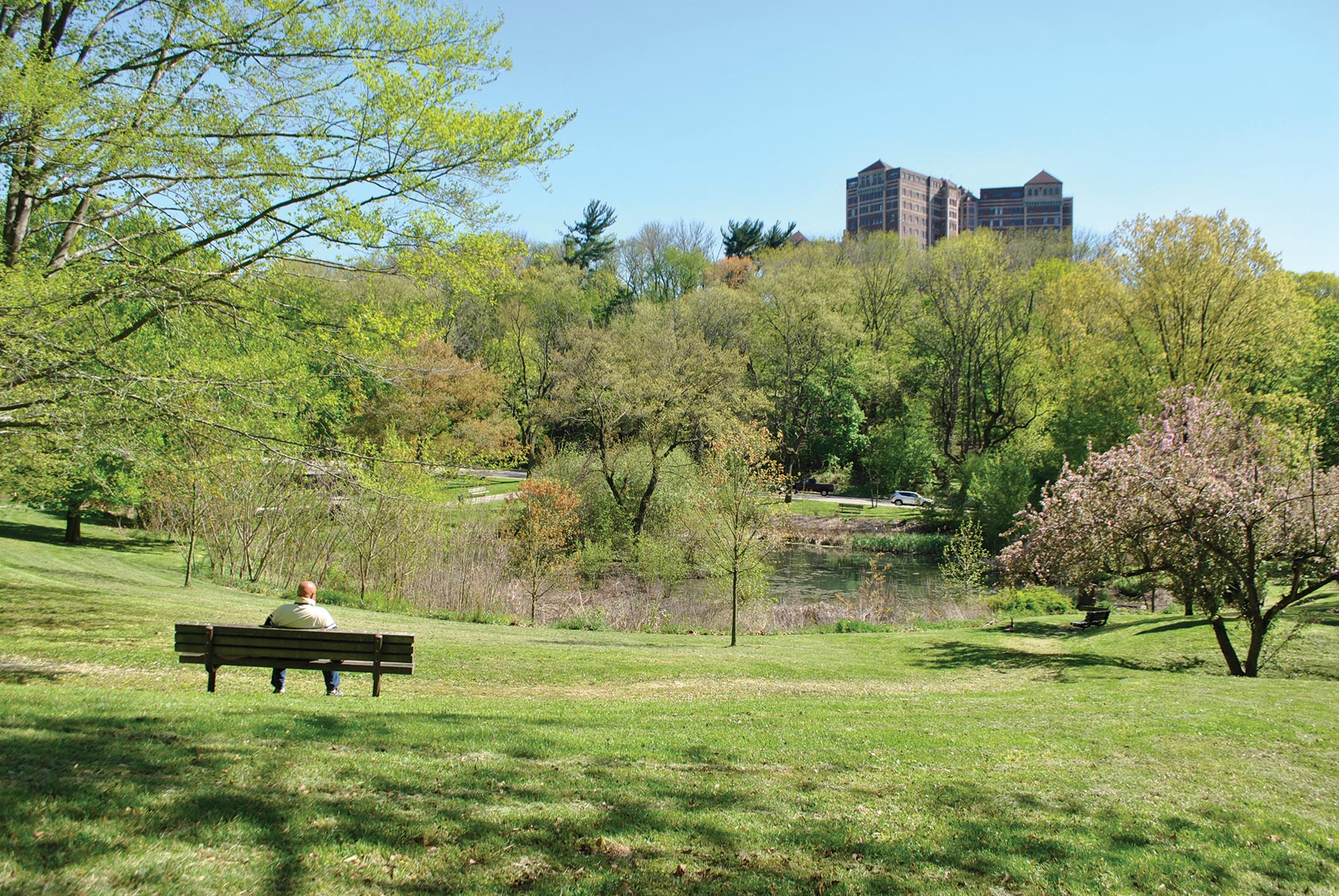Introduction
The Northeast region includes the states of Connecticut, Delaware, Maine, Maryland, Massachusetts, New Hampshire, New Jersey, New York, Pennsylvania, Rhode Island, Vermont, West Virginia, and the District of Columbia. The Highlights section below offers a high-level overview of climate change impacts on this region, including the four Key Messages and selected topics. (see Ch. 16: Northeast)

















